If you’re like us and had a tendency of listening to music a little too loud in our younger years, then you might have suffered a bit of hearing loss. It can be extremely frustrating as your favorite songs don’t quite as good as they used to, let alone the frustrations with feeling the need to have others repeat themselves on a consistent basis. But thanks to the power of our iPhone and the incredible strides offered in the audio technology found in AirPods, you can try and do something about it.
Related Reading
- How Do You Use Live Listen With AirPods? Here’s What You Should Know
- AirPods 3 Tips and Tricks
- How To Use Background Sounds on iPhone in iOS 15
- How To Make Your AirPods Sound Better With iOS 14
- Here’s How To Enable Conversation Boost on AirPods Pro With iOS 15
AirPods are already pretty incredible as it is, but Apple is constantly improving them with new features to immerse you in whatever it is you’re listening to. From making it feel like you’re at a concert with Spatial Audio, to turning your AirPods into an amplifier to hear conversations, AirPods are much more than just a trendy fad.
Contents
How To Create a Custom Audio Profile
What’s even more incredible about the iPhone and AirPods is the ability to create custom audio profiles. Because every person’s hearing is different, this means that something that sounds crisp and clear to you, may not sound the same to someone else. But if you create an audio profile, it’s possible that the audio quality can be enhanced for this with less-than-stellar hearing.
What is an Audiogram
It’s possible to create a custom audio profile with the help of an audiogram. Essentially, an audiogram is a grab that shows the different frequencies that you can hear. There’s a standardized curve found on the graph which represents normal hearing. Once completed, the audiogram plots the different points for your highs and lows when listening.
Apps to Use
While getting an audiogram sounds like something you would need to schedule a doctor’s appointment for, you don’t actually need to. Thanks to the power of the App Store, there are a few different apps that can provide an audiogram by performing a series of assessments. Here are a few of the ones that we found if you want to give it a shot:
- Mimi Hearing Test: Modern hearing assessment: Easy-to-use and in-depth testing of a wide range of frequencies.
- Sounds Good! Hearing Amplifier: Turn your earphone into hearing aid with sound amplifier, audiology corrections, noise cancelling, hearing test, speech to text & sound recording.
- Audiogram Hearing Test: This application has been programmed under the supervision of a hearing specialist and does not involve any risks, and it is not a substitute for visiting a doctor in the event of hearing problems.
What Headphones Support Custom Audio Profiles?
Before you can even begin the creation of an audiogram using one of the aforementioned apps, you’ll first need to make sure that your headphones support custom audio profiles. Here are the different headphones that support the use of custom audio profiles:
- AirPods Pro
- AirPods 2
- AirPods Max
- Powerbeats / Powerbeats Pro
- Beats Solo Pro
- Apple EarPods (wired headphones)
- Sennheiser HDA 200
- Sennheiser HDA 300
As you can see, many of the best Apple headphones are offered, but surprisingly, the new AirPods 3 does not make the list.
Create an Audiogram on iPhone
For this tutorial, we’re using our trusty AirPods Max and the Mimi Hearing Test app that was listed above. Again, as long as you’re using one of the headphones listed above, you’ll be able to create an audiogram and custom audio profile right from your iPhone.
- Download and open the Mimi Hearing Test app on your iPhone.
- Tap the Get Started button at the bottom.
- Tap the Test your ears button.
- Select Pure tone threshold test.
- Tap the Test your ears button at the bottom.
- Tap Allow to provide microphone access to the Mimi app.
- Choose your birth year and tap Next.
- Make sure your AirPods are connected to your iPhone, and tap the Next button.
- Turn off Active Noise Cancellation if it’s turned on with your AirPods.
- Set the volume of your iPhone to 50% and tap the Next button.
- Select the type of headphones you are using from the list and tap All Set.
- Touch the Press to start circle to try the practice round.
- Follow the on-screen instructions to complete the practice test.
- Tap the Start test button.
- Follow the on-screen instructions to test your hearing. The first portion will test the hearing levels for your right ear, before moving to the left ear.
After the test is completed, your hearing will be analyzed, and you’ll be presented with the audiogram at the top of the page. More information about the results can be found by scrolling down, including a “Hearing loss grade”. Once you’ve finished analyzing the information, you can tap the Finish button in the top right corner.
How to Import Audiogram
If you use an app like Mimi and create an account, you can automatically have your audiogram imported into the Health app on your iPhone. However, if you don’t want to create an account, or just want to manually import the results, you can do so by tapping the Share button next to Audiogram from within the app. Then, you can choose how you want to save the results, and we recommend saving them to the Files app on your phone in order to import the results to be used with the Custom Audio Setup. Here’s how you can import your audiogram:
- Open the Settings app.
- Tap Accessibility.
- Scroll down to the Hearing section and tap Audio/Visual.
- Select Headphone Accommodations.
- Tap Custom Audio Setup.
- Select Use Audiogram.
- Follow the on-screen instructions in order to import your audiogram.
Once the custom audio profile has been created, you might find that your music sounds just a little bit better than it did before. We found that listening to spoken words (i.e. podcasts) sounded much better, but again, this will vary depending on your own audio profile.
Andrew Myrick is a freelance writer based on the East Coast of the US. He enjoys everything to do with technology, including tablets, smartphones, and everything in between. Perhaps his favorite past-time is having a never-ending supply of different keyboards and gaming handhelds that end up collecting more dust than the consoles that are being emulated.

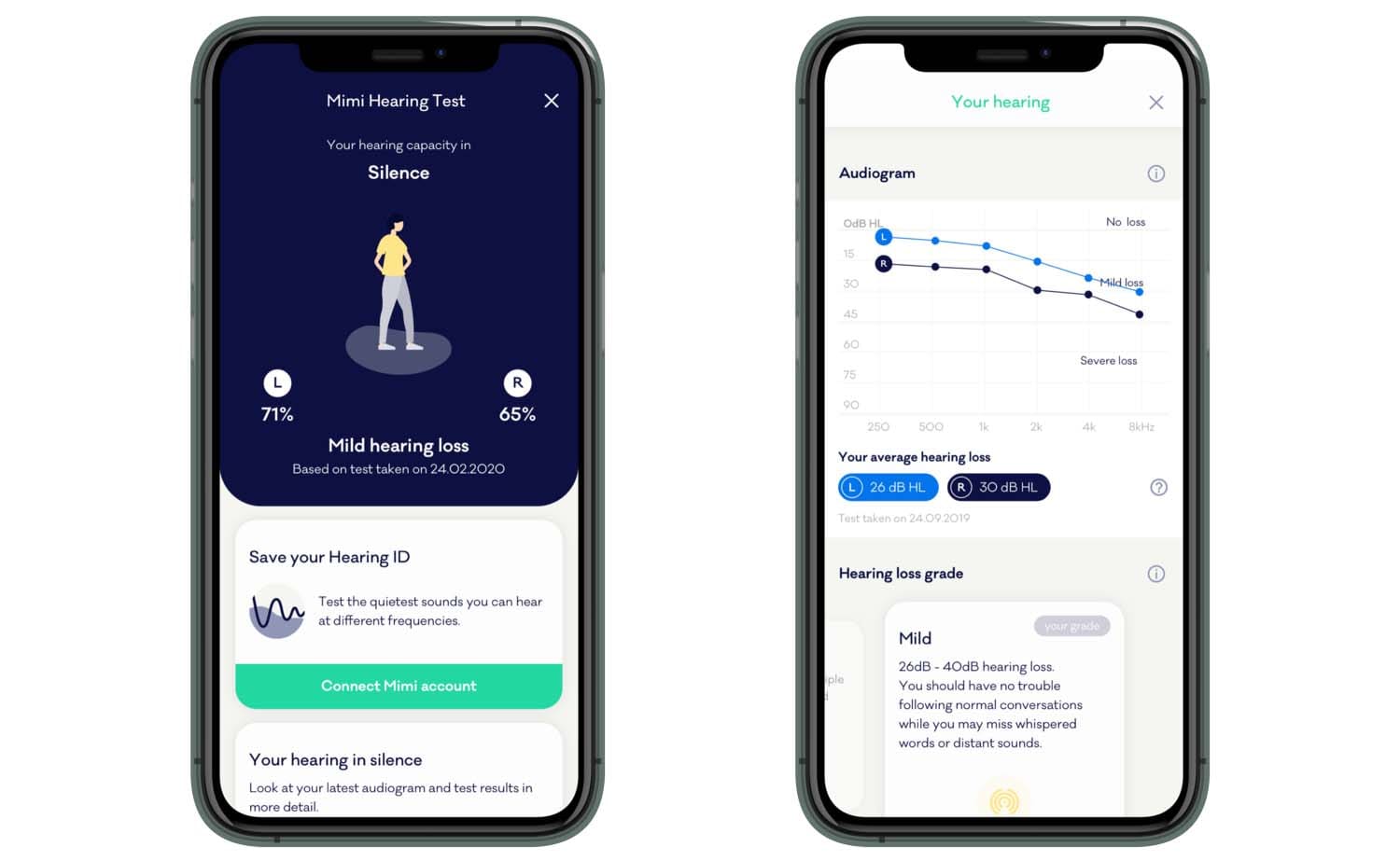





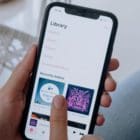
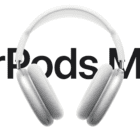
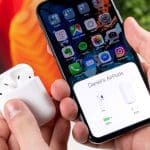
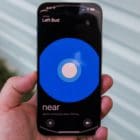


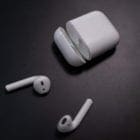
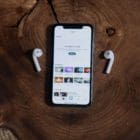
Write a Comment